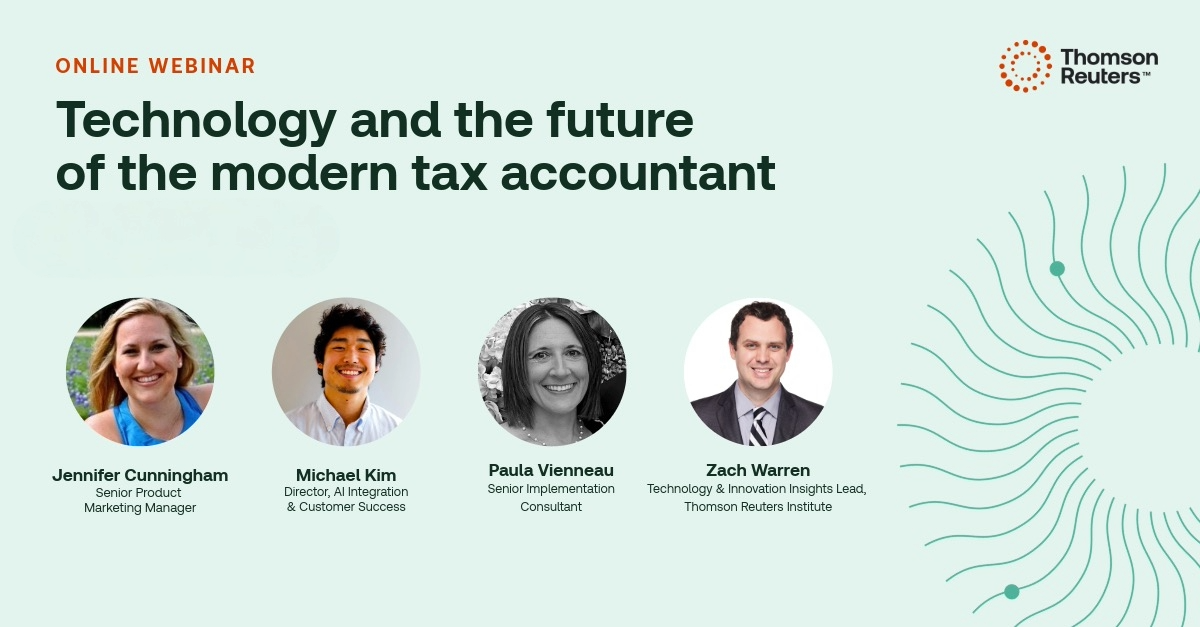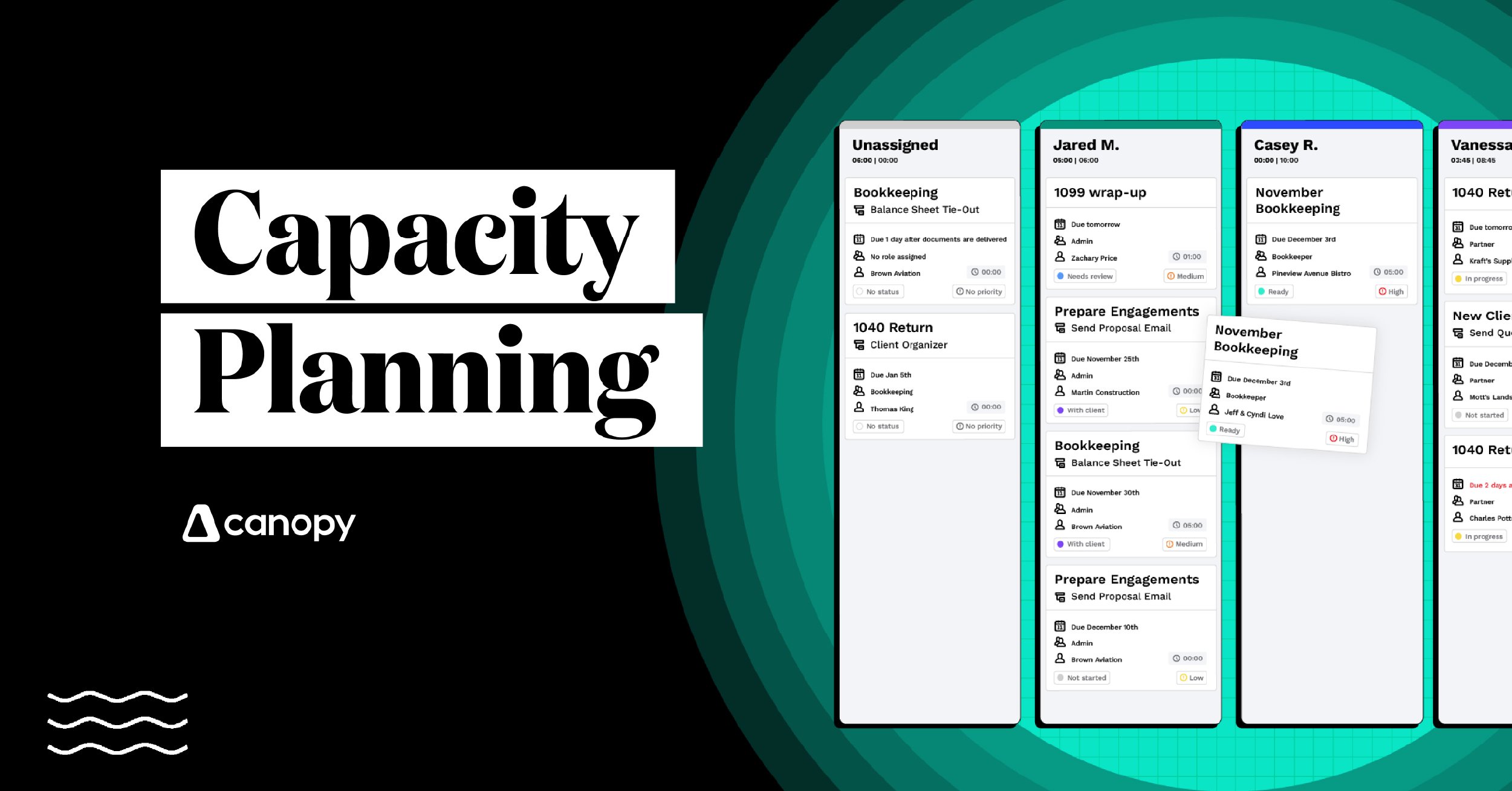AI can transform your firm but only if you know what to measure. Explore the metrics that matter most for long-term ROI.
Jump to ↓
Your firm just invested in cutting-edge AI tools. Three months later, partners are asking the inevitable question: “How do we know if this is actually working?” Sound familiar?
You’re not alone. Across the industry, tax firms are grappling with a critical challenge — proving the value of their AI investments beyond the initial excitement of automation.
The central question isn’t whether AI works, but rather How do we measure if AI is really working for us? This blog aims to demystify ROI measurement and provide a clear roadmap for accounting firms ready to transform uncertainty into actionable insights.
The promise of AI: More than just automation
AI is revolutionizing tax workflows in ways that extend far beyond simple automation. From intelligent data entry and document categorization to enhanced compliance monitoring and streamlined client interactions, AI’s true value lies in its ability to elevate your entire practice.
When AI handles routine tasks, your team gains capacity to focus on strategic advisory work, complex problem-solving, and building stronger client relationships. This shift from transactional to transformational work is where the real ROI begins to emerge, but only if you know how to measure it holistically.
Why ROI matters now more than ever in tax and accounting
The tax industry faces unprecedented pressures:
In this environment, measuring AI’s ROI is a strategic necessity.
A key insight from our white paper, ‘Embracing AI in tax preparation: A guide for modern accounting,’ reveals a startling truth: most firms don’t track technology success with meaningful metrics. This measurement gap makes it nearly impossible to evaluate effectiveness, justify investments, or refine implementation strategies.
The tax and accounting firms that will thrive are those that treat ROI measurement not as an afterthought, but as a cornerstone of their AI strategy.
Building the ROI framework: What to measure and why
Time saved = Capacity gained
Take the story of a mid-sized firm drowning in tax season bottlenecks. After implementing a document management solution like SPbinder, they discovered something remarkable: what once took 45 minutes per return now took 20 minutes. That’s 25 minutes of newfound capacity, multiplied across hundreds of returns.
Track this: Minutes saved per return; total hours reallocated to advisory work.
Fewer errors = Greater trust
Manual data entry cost one firm thousands in amended returns and compliance issues. Then they deployed Gather AI for automated document categorization. The result? A 60% reduction in filing errors and the peace of mind that comes with greater accuracy.
Track this: Reduction in amended returns or compliance issues.
Happier clients = Stronger relationships
Clients were frustrated by endless email chains and document requests. A seamless client portal powered by AI transformed their experience, and the firm’s retention rates. What was once a source of friction became a competitive advantage.
Track this: Client satisfaction scores, retention rates, and referral growth.
Empowered staff = Lower turnover
Burned-out staff found renewed purpose when AI took over repetitive tasks. Instead of dreading tax season, they began embracing opportunities to provide strategic counsel. Employee engagement soared, and turnover plummeted.
Track this: Employee engagement surveys, retention rates, and time spent on strategic work.
Smarter hiring = Future-proofing
A firm struggling to attract young talent revamped its tech stack and saw an immediate spike in qualified applicants. Top candidates weren’t just looking for any job — they wanted to work somewhere that embraced innovation.
Track this: Number of qualified applicants, average tenure, and internal promotions.
Making ROI a habit in your firm
Start small but think systematically. Choose 2-3 key metrics that align with your firm’s priorities and track them consistently. Create a simple dashboard or scorecard to visualize progress and identify improvement opportunities.
Remember, technology alone doesn’t deliver ROI. People do. Invest in training and change management to ensure your team maximizes AI’s potential. By establishing a robust ROI framework and tracking key metrics, you can unlock the full potential of AI and drive long-term success.
From investment to insight
AI isn’t just a cost. It’s a catalyst for transformation. When you measure ROI effectively, you do more than justify investments; you refine strategies, build confidence, and position your firm as an industry leader.
As Sarah Thompson, a senior tax advisor, puts it:
“AI is not just a tool; it’s a strategic partner that can transform your firm’s operations and client relationships. By embracing AI, firms can future-proof their business and position themselves as leaders in the industry.”
Curious about how technology is reshaping the role of tax professionals? Explore our insights below.




























